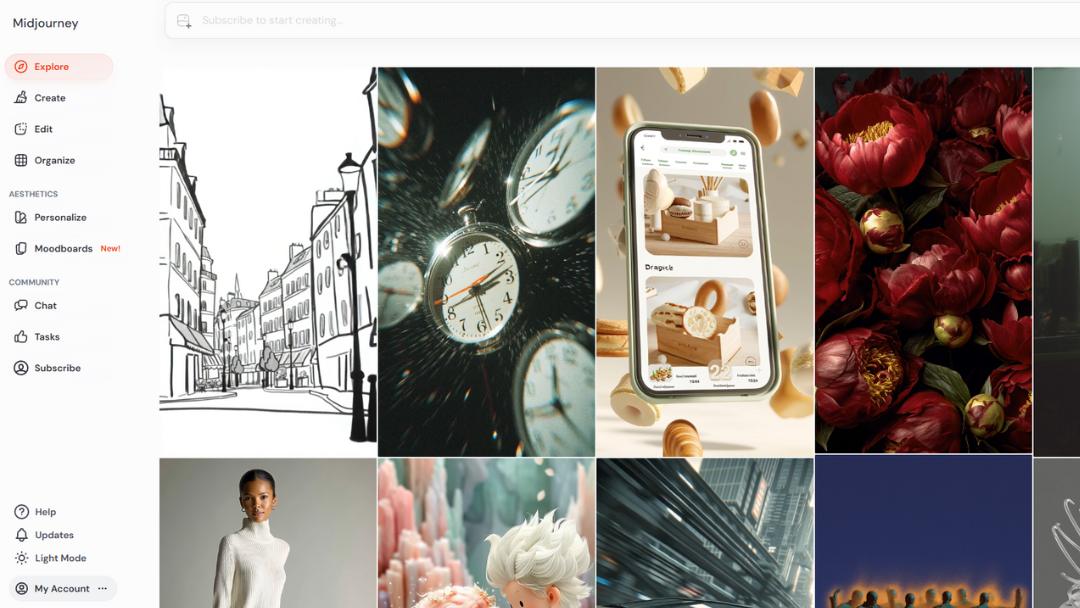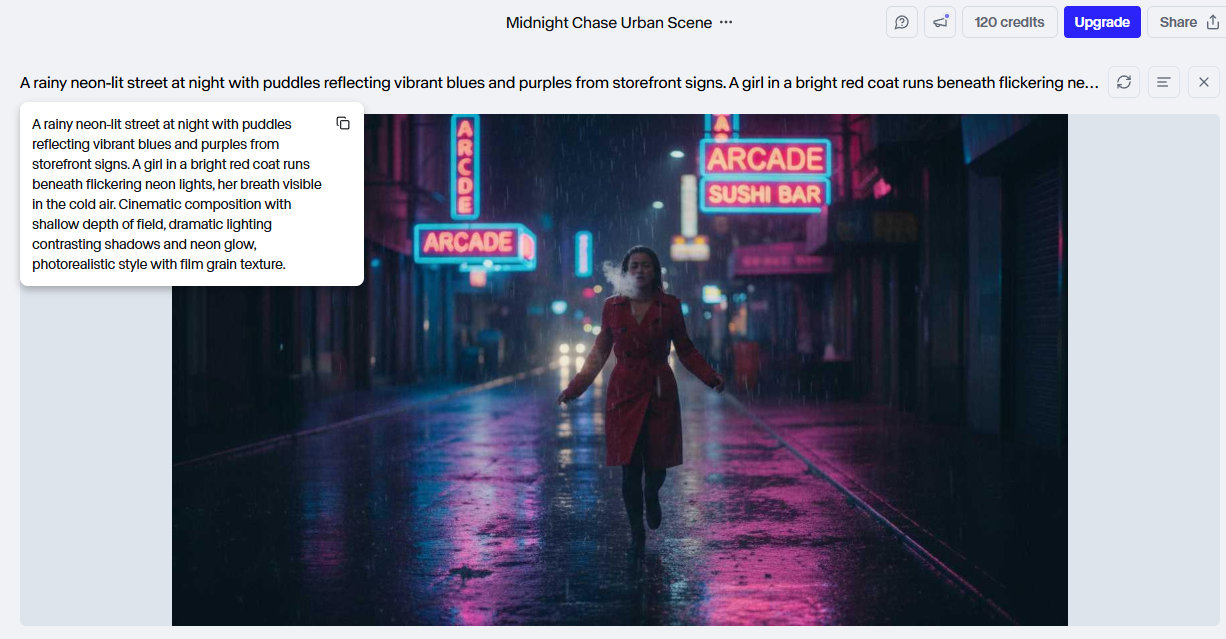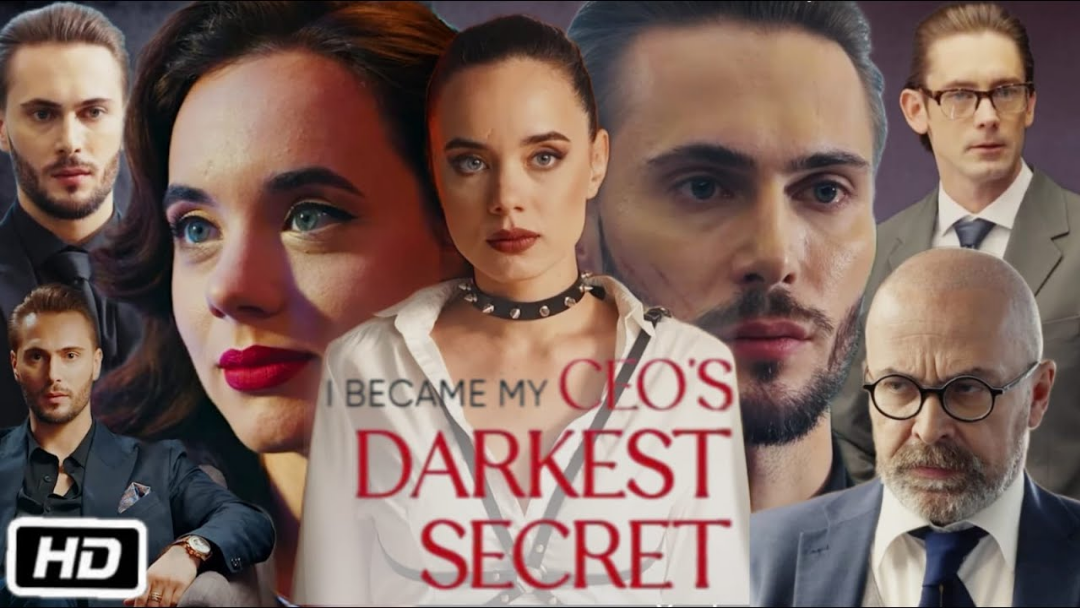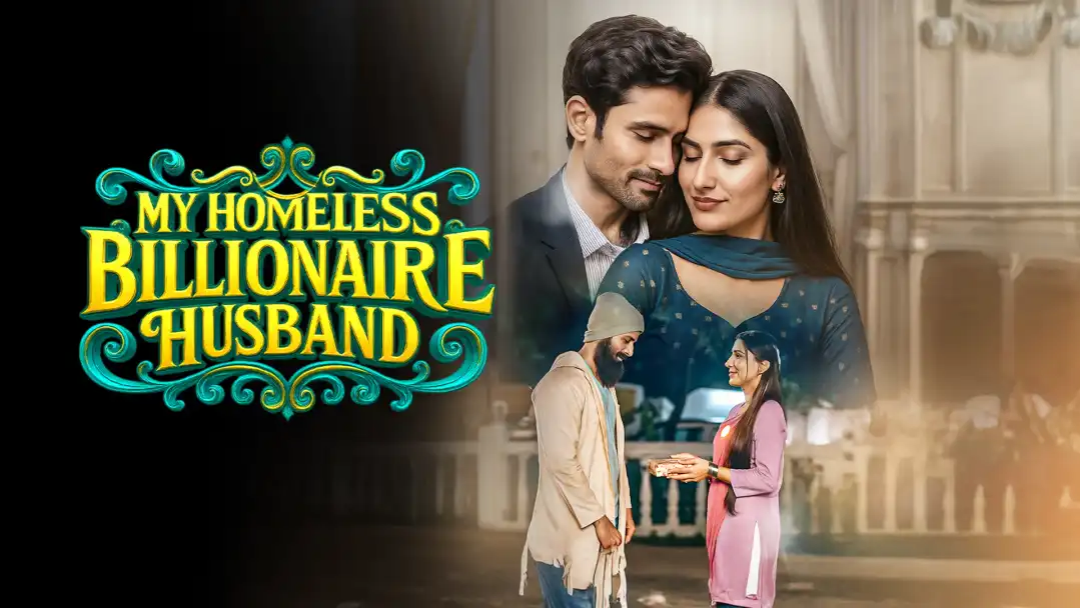
Have you ever watched a mini-series and thought:
“I could totally write something like this… but how do I actually make it?”
Most creators run into the same wall:
you have ideas, characters, scenes — but not the budget, the actors, the equipment, or the crew.The good news?
With today’s fast-moving AI tools — especially ai generated videos and ai comics — one person can actually produce a complete short drama on their own.
All you need is a laptop, a simple workflow, and a story you’re excited about.This guide breaks down how to do it, in a practical way anyone can follow.
AI now covers almost the entire production pipeline:
● Writing → generate ideas, scenes, and dialogue
● Storyboarding → create visual panels using ai comics
● Video scenes → create realistic shots with ai generated videos
● Sound & voices → AI reads your script and adds atmosphere
● Editing → simple tools help you assemble everything
It’s filmmaking without the usual obstacles — and without needing a full team.
Designed for creators who want to make something watchable, without needing filmmaking experience.
Don’t overthink the writing.
Just outline:
● the characters
● the conflict
● the twist
● 3–6 scenes
Ask an AI writing assistant to help you brainstorm or polish dialogue.
If you’re stuck, prompt it with something playful like:
“Write a 5-scene drama about a girl who time-travels whenever she falls asleep.”Let the AI give you a starting point — then adjust it.
This is where ai comics tools are incredibly useful.
Try tools like:
● LlamaGen StoryDiffusion
● Any AI comic-strip generator
● Midjourney panels

You can generate quick comic-style storyboards to visualize:
● how your characters look
● where the scenes take place
● the mood and camera angle
This makes it easier to plan your video clips later.
This is the moment your story comes alive through ai generated videos.
Tools like:
● Google Veo 3
● Runway Gen-4
● Kling
● Pika
● LTX Studio
can turn detailed text prompts into short, polished video clips.
For example:
“A rainy neon-lit street at night. A girl in a red coat runs beneath flickering lights, breathing hard.”

Most creators generate scenes in 4–10 second pieces — one scene per prompt.
No microphone needed.
You can:
● generate character voices
● create music
● add ambient sound
using AI voice and audio tools.
Some video models even provide synchronized speech and sound automatically.
Use a simple AI-supported editor to:
● trim the clips
● adjust pacing
● add subtitles
● apply transitions
Friendly tools (even for beginners):
● CapCut
● LTX Studio’s editor
● Runway Editor
● Descript
Drag. Drop. Adjust.
That’s it.
For anyone curious about the future of storytelling, here are the major trends already taking shape:
Tools are evolving from one-off clips to full scene generation with stronger continuity.
Storyboarding with ai comics is becoming a foundation for more reliable face and style consistency in ai generated videos.
Access to powerful video models is getting cheaper, making higher-quality production possible for more creators.
Expect tools that let you build recurring digital characters who can appear in multiple episodes or seasons.
The gap between writing → comics → video → final edit is shrinking dramatically.
AI isn’t replacing creativity — it's removing the barriers that kept most people from producing their own short dramas.
● What once required lighting crews, actors, and expensive gear can now be done by one determined creator experimenting with:
● a script
● a few prompts
● ai comics
● ai generated videos
● basic editing tools
It’s a simpler, faster, and more accessible way to tell stories visually — and it’s only getting better.




